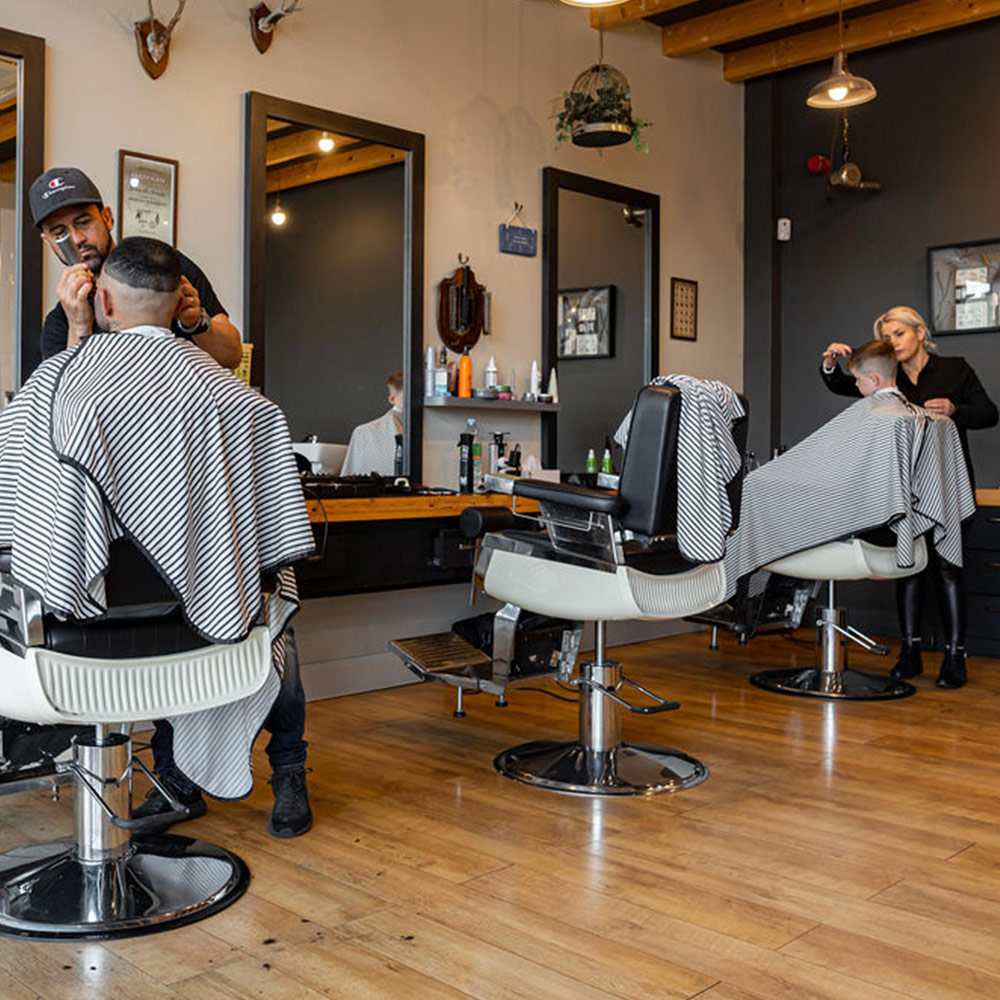Mastering the Craft of Effectively Expressing Your Ideal Cut to Your Stylist So You Get The Hair style You Really Want
While visiting a hair professional, being able to clearly communicate your ideal hairstyle is essential for achieving the intended appearance. A well-defined description helps the stylist interpret your vision and reduces the chances of miscommunication. To make sure that you get the haircut you want, it is necessary to prepare in advance and think about several critical factors when articulating your style goals. These factors comprise hair cut, texture, design, and any specific elements that you would like to incorporate.
Firstly, consider the length of your hair. Haircuts can range from very short styles like pixies to long layers that fall below the shoulders. It is helpful to specify whether you want a trim, a significant cut, or a complete transformation. Using precise terms such as "shoulder-length" or "mid-back" can provide clarity. Additionally, discussing the possibility of bangs or layers helps the stylist visualize your request more accurately. Being clear about how much length you wish to maintain or remove will significantly influence the outcome of your haircut.
Secondly, tress texture serves a crucial role in shaping how a style will appear. Various hair types—such as sleek, wavy, curly, or kinky—respond uniquely to specific styles. When explaining your preferred haircut, it is essential to mention your hair's inherent texture and whether you plan to use any styling tools or formulations. For example, if you have thick hair, you may want to request for thinning techniques to minimize volume. Conversely, if your tresses is fine, you might opt for texturizing that add volume. This detail allows the professional to tailor the cut based on how your strands behaves.

In addition to length and texture, discussing the general look you want can provide guidance for the hair professional. There are a variety of hairstyles to choose from, including timeless styles like bobs and modern variations like angled cuts. It is beneficial to share examples of hairstyles that you like—these could be images from magazines or view online portfolios. Pointing out specific features such as blended lines, defined outlines, or graduated layers can help expressing your idea more effectively. This guarantees that both you and your hair expert are on the same page regarding desired outcome.
Finally, don't forget to mention any distinctive features that might elevate your haircut. This could involve aspects such as face shape or individual aesthetic choices that influence the overall appearance. For instance, those with circular face shapes might prefer gentle contours to elongate their appearance, while clients with square faces may choose softer layers to diminish their jaw structure. Furthermore, talking about shade preferences can also be part of this conversation; noting if you want highlights or a solid color can better shape your ideal haircut.
To summarize, effectively conveying your ideal haircut involves thoughtful evaluation of several key elements: length, hair type, look, and unique features. By planning in advance and being clear about these elements, individuals can greatly enhance their go to the website experience at the studio and increase the likelihood of leaving with a result they love. A productive consultation with a stylist is founded upon clear communication and shared expectations. This collaborative approach guarantees that both client and stylist collaborate towards achieving the desired outcome.